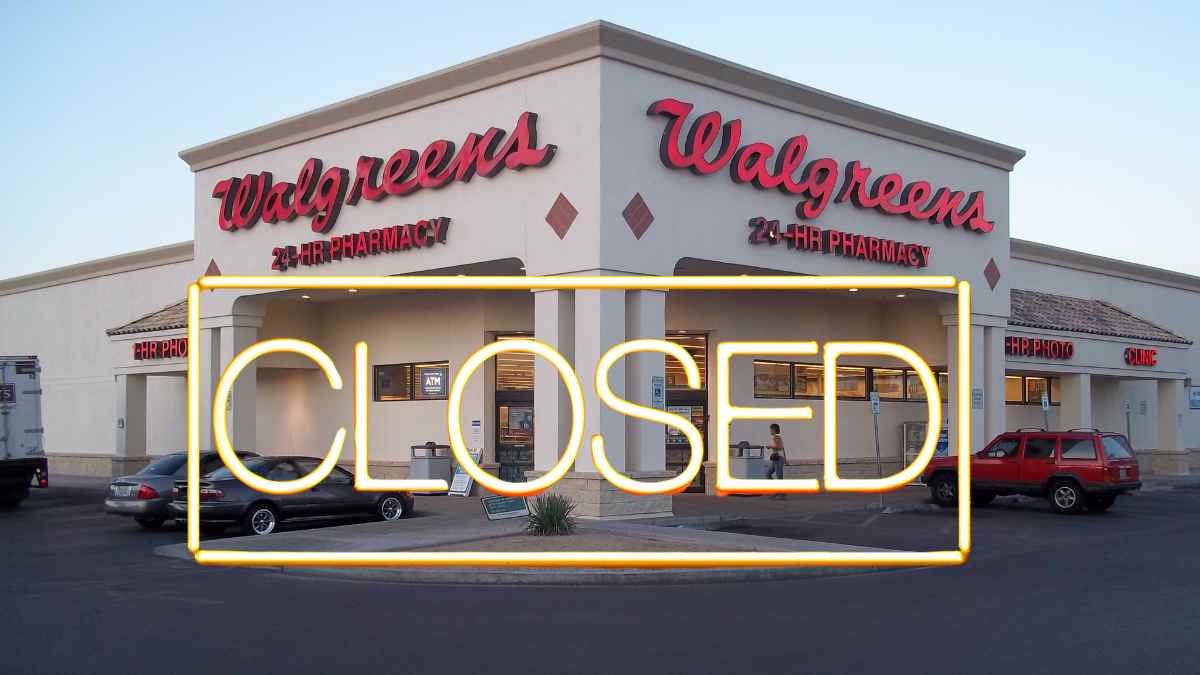Walgreens, the well-known pharmacy chain, has announced the closure of 1,200 stores located in different cities in the United States. This is an effort to address the decline in consumer spending. This closure process, which has begun in 2025 with 500 locations, is part of an ambitious plan with which the company led by CEO Tim Wentworth seeks to reduce costs.
Although the company had already confirmed its intention to close unprofitable stores, it was not known which Walgreens stores would be affected. The drugstore chain stressed that, while this change could take considerable time, it seeks to generate financial benefits and a better consumer experience in the long term.
Impact of the closures of the Walgreens pharmacy network in the U.S.
At the moment, all that is known is that more than 1,200 stores will close their doors. There is no information yet on which branches will be out of service. The decision will affect 13% of the more than 8,700 branches that the drugstore chain has open in the United States. The announcement comes just as the company finds itself in a fiscal year 2024 that, while it has shown some financial improvement, is still considered a major challenge.
Walgreens managed to exceed its goal of cutting costs by $1 billion and increasing e during the last fiscal year. However, it reported a financial loss of $3 billion in the last quarter. This was due to goodwill impairment charges linked to its home care provider, CareCentrix.
Despite these setbacks, the chain’s revenues increased by more than 6% compared to the previous year. On the other hand, sales in the last quarter of the retail pharmacy sector reached $29.5 billion, an increase of 6.2% over the same period last year, according to data published by Pharmabiz.net.
Challenging pharma sector in a competitive environment: why Walgreens is closing stores
Walgreens’ decision to close these stores is part of a broader landscape where drugstore chains are facing increasing challenges. For example, competition from giants like Amazon and pressures from declining drug reimbursement rates directly affect the profitability of these companies. Here are a few factors that are highly relevant to the current situation:
- Intense competition – Walgreens is not the only chain facing difficulties; CVS has laid off thousands of employees over the past year and Rite Aid has closed a large number of branches after filing for bankruptcy.
- Economic pressures: Rising prices and falling consumer spending have impacted a number of industries across the country, not just pharmacies.
- Industry bankruptcies: companies such as True Value and other well-known stores such as Hooters, Sears and Disney Stores have closed or filed for bankruptcy since 2020.
All these sectors led Walgreens to adopt a strategy that would allow it to stay in business and not lose any more money, thus avoiding bankruptcy. In this context, the drugstore chain opted to restructure its operations to adapt to an increasingly competitive environment. This could redefine its role in the U.S. drugstore market and avoid bankruptcy, which has already led to the closure of thousands of branches of other companies that were previously considered one of the direct competitors of this drugstore chain in the country.

